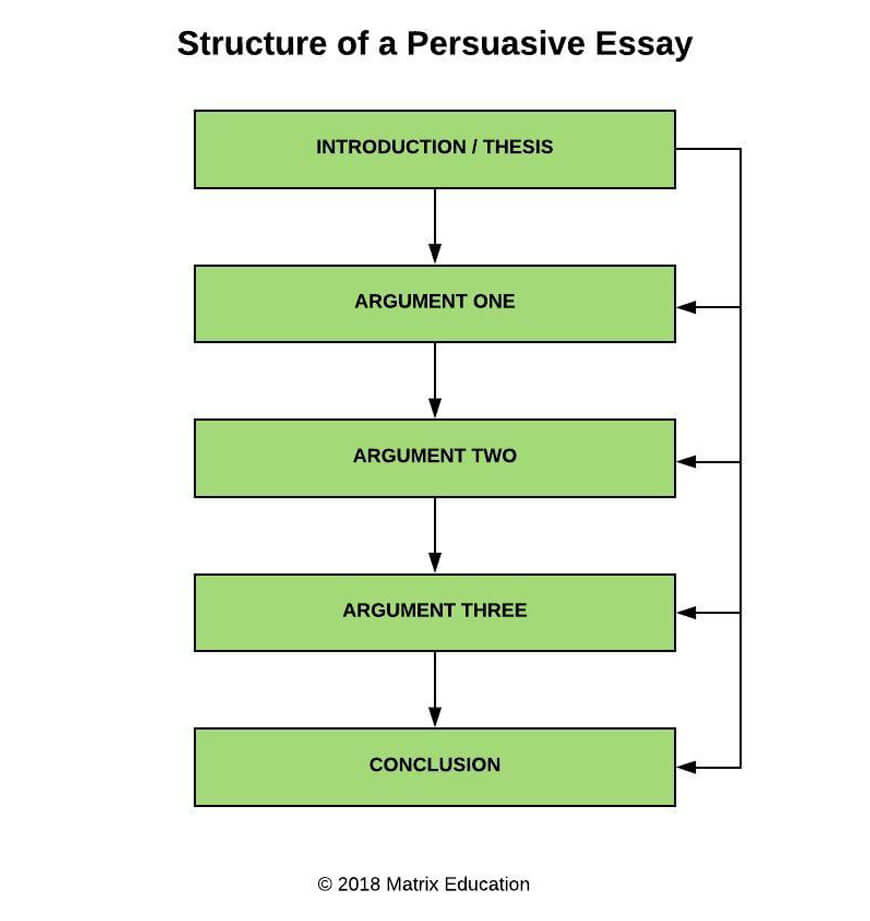Welcome to Matrix Education
To ensure we are showing you the most relevant content, please select your location below.
Select a year to see courses
Learn online or on-campus during the term or school holidays
Learn online or on-campus during the term or school holidays
Learn online or on-campus during the term or school holidays
Learn online or on-campus during the term or school holidays
Learn online or on-campus during the term or school holidays
Learn online or on-campus during the term or school holidays
Learn online or on-campus during the term or school holidays
Get HSC Trial exam ready in just a week
Get HSC exam ready in just a week
Select a year to see available courses
Science guides to help you get ahead
Science guides to help you get ahead

Guide Chapters
Are your essays letting you down? Are you unsure of how to write persuasive essays? Don’t worry! This article will show you everything you need to know to write persuasive essays that will help you ace Year 9.

Learn to write detailed and insightful paragraphs and score better marks!

Fill out your details below to get this resource emailed to you.
"*" indicates required fields
A persuasive essay is a piece of non-fiction writing that convince readers about a specific argument
It presents a logical and cohesive thesis and uses relevant and strong examples to further support the argument it makes.
Just from above, we can already see distinct differences between a persuasive essay and an imaginative response.
It is important that you know the distinct features of each text type to help you formulate your responses.
Overall, the goal of persuasive essays is to convince the audience to agree with your argument. This can range from large matters like climate change to smaller issues like why red is a better colour than purple.
However, this is not the only reason why we write persuasive essays. There are so many skills that you can gain and improve when you write persuasive essays.
When you write persuasive essays, you need to be able to find reliable, relevant and accurate sources to support your arguments.
This means that you need to find a variety of facts, evidence, examples and statistics from a wide variety of sources like websites, magazines, journals, articles etc.
Then, you need to check your evidence to see if it is updated, from a reliable source, and double check if it is consistent with other reliable sources. Developing your research skills will help you present strong arguments in your persuasive essay.
When you have a wide selection of evidence and sources to choose from, it might be hard to know which one to use. This is where your critical thinking skills come in.
You need to know which evidence is most convincing for your argument and use it. This means that your evidence has to be relevant to your argument and comes from a reliable source.
You also need to make sure that there aren’t any major holes in your arguments.
To write good persuasive essays, you need to use persuasive rhetoric like logos or techniques like high modality words and repetition to make your essays sound more convincing.
Being able to utilise persuasive rhetoric effectively is important because you are able to express your ideas in a convincing way.
Develop your English techniques and skills and boost your confidence with our Year 9 English Term Courses!
Want to start acing English?
Expert teachers. Comprehensive resources. Proven results. Boost your English marks with our On Campus Course and see the difference.
The key to getting good marks is knowing what markers are looking for and incorporating it into your persuasive essays.
Don’t write for yourself, write for your audience.
You want to do the work for your audience by providing a clear, concise, and well-structured response so they can be wowed by ideas and not struggle through your sentences or muddled paragraphs.
You can produce an amazing piece of writing, but if you don’t properly answer the question and forget to address a dot point in your marking criteria… you won’t achieve that high mark you want.
This is why it is important that we care about what the markers think.
To get the best possible marks, we need to satisfy all the requirements that are set out for us.
So, where exactly do you need to look to find the requirements?
Don’t worry! This isn’t discussed at some kind of secret meeting or tucked away from student’s prying eyes in a file marked: TOP SECRET. It’s already provided to you!
Look at your syllabus, notification, marking criteria and your QUESTION!
Everything you need for understanding what markers want is right here!
You must read each of these documents carefully. Break each section down. And, make sure you fulfil the requirements!
As we’ve discussed, the marking criteria are a list of the things you need to do to get marks.
They usually look this:
As you can see, there are two-three dot points in each row.
If you read all of them, you can see that the first dot point of each row is basically asking for the same thing: explore how the ‘personal discovery involves facing the unknown and considering what is known’ is represented in the prescribed text and a related text.
Make sure that you address this point in your persuasive essays.
However, notice how each row determines the student’s level of satisfying the requirements:
It is important that we recognise the differences between an A (Band 6 on the image above) or a B (Band 5), so we know what we need to do to achieve a higher mark. To help with this, highlight or circle the different words.
This way, you can consciously aim higher.
It is important that you always write in a clear manner! This will make it easier for the markers to read and award you marks.
Here are some tips to improve clarity in your writing:
Students usually skip this step because they think that it is a “waste of time”. However, it actually saves you more time when you are writing your persuasive essays.
Planning means you don’t waste time with false starts and rambling arguments!
Planning is an integral part of any writing process. Let’s see why it is important that you always plan:
Remember, sometimes you might stray from your original plan… but that shouldn’t discourage you! Having a plan just means that you don’t have to trial and error when you write.
Now that you know the benefits of planning… it’s time to see how to plan a persuasive essay.
Remember, there are various ways to plan a persuasive essay. You can use:
Each one has its own benefits. You need to decide what is suitable for you and your studies!
Matrix students are taught to write essays using these simple steps to produce excellent results:
Steps 1 – 3: Is all about developing a strong understanding of the text/topic. This is an important step that you must do to ensure that your persuasive essays are well written and strong.
As you can see from the image above, Steps 4 – 7 involves the writing process. Let’s look at that in detail:
Now, let’s take a look at what you need to do to plan a persuasive essay.

Planning a persuasive essay is the first step. Now, let’s see how we can start writing great persuasive essays.
In Year 9 English, you might come across a variety of persuasive essays.
Sometimes, you may be asked to write a persuasive essay in response to moral or political question. For example, “Should same-sex marriage be allowed?” or “Should primary school students wear a uniform?”
When you approach these types of questions, you need to research facts, statistics and opinions and statements from authorities or experts.
Other times you might be asked to write a persuasive essay based on your prescribed text. For example, “How effectively does Golding explore themes of savagery in his novel, Lord of the Flies.”
The way you approach these types of questions is very similar to moral or political questions.
The only difference is that you need to look for techniques and evidence in the text, as opposed to research. Also, instead of just explaining the evidence, you have to analyse it as well.
Click here to read about TEXTUAL ANALYSIS.
There is one common structure for persuasive essays.

Now, let’s take a deeper look at how you can write a paragraph. At Matrix, students are taught to write paragraphs using the T.E.E.L Structure.
T.E.E.L stands for:
Remember, you should include multiple examples or evidence in a paragraph. So, in reality, your paragraph will look similar to this:
Most students find it difficult to write a sustained argument.
What happens is that they forget about their thesis or question when they’re writing their body paragraphs… And suddenly, they remember about it again and briefly insert it into the topic and linking sentences.
But it’s too late at this point. This is not a sustained argument.
A sustained argument is a unifying your whole essay with one main idea (your thesis), not just mentioning it in your introduction, topic sentences and linking sentences.
So how do we make sure that we don’t make that mistake? Well, here are a few tips that will help you write a sustained argument:
© Matrix Education and www.matrix.edu.au, 2025. Unauthorised use and/or duplication of this material without express and written permission from this site’s author and/or owner is strictly prohibited. Excerpts and links may be used, provided that full and clear credit is given to Matrix Education and www.matrix.edu.au with appropriate and specific direction to the original content.